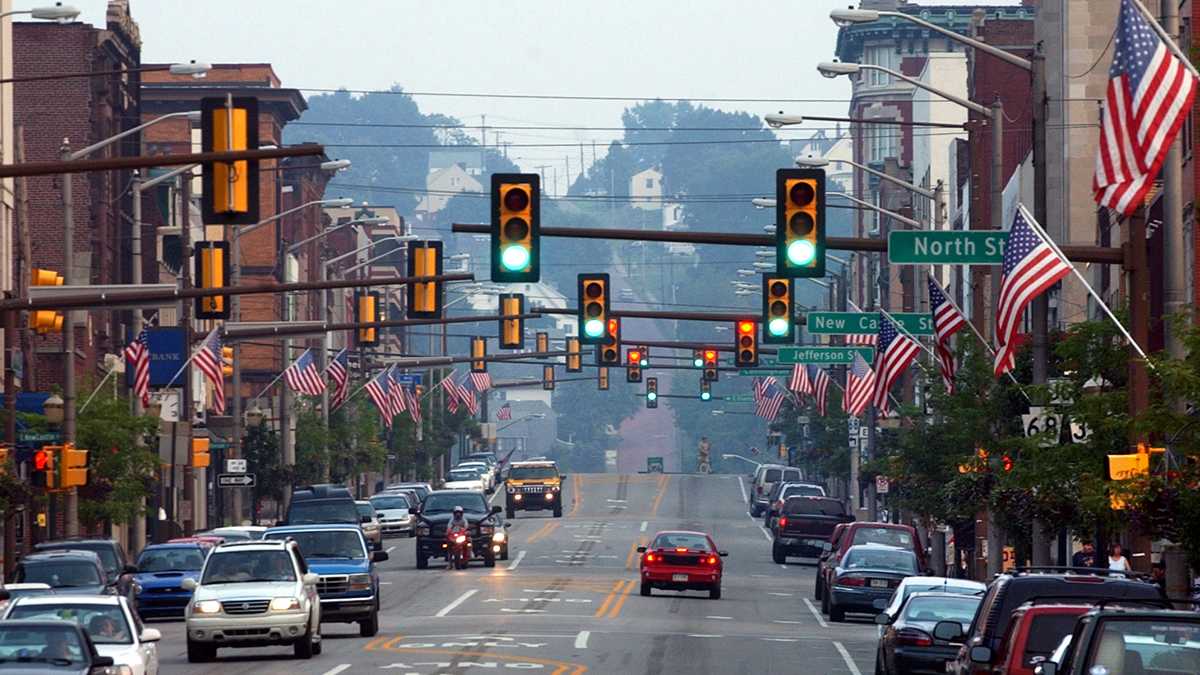Every driver knows the immense horror of being stuck in traffic because of poor traffic lights or due to them being completely out of order. Then there’s a police officer who regulates the traffic and everything moves at the slowesy pace possible, everyone’s honking the car’s horns and you end up being so late for work and your boss is angry. Very angry. I recently read that one of the most common reasons for non-functional traffic lights are dead light bulbs. It’s simple, they have reached the end of their lifespan and they need to be replaced. As easy as it may sound, it isn’t. At all.
The main problem here is that the process of replacing traffic light bulbs is highly expensive. People need to be engaged, things need to be dismantled and power has to be shut. Which is not exactly a desirable situation in a city. That’s why, some communities around the world have come up with a very suitable solution: LED bulbs instead of incandescent.

The problem has been located in the type of bulbs used. Apparently, incandescent light bulbs last a very short time period, compared to LED bulbs. LED bulbs exceed incandescent ones in durability by a fairly huge number. Chicago, Pennsylvania and of course, Australia are just some of the many parts of the parts of the world that have turned to LED technology for their traffic lights. Western Australia, to be exact.
With the implementation of LED traffic lights Australia roads in the western parts of the continent now have a much better regulated traffic and a more sustainable one. As science and the so far experiences have proved, LED technology in traffic lights is a highly efficient manner of achieving energy sustainability. Here are the facts:
- LED bulbs are a lot brighter than incandescent ones, therefore a lot more visible in foggy conditions.
- The matter of durability is this: LED bulbs last over 100 000 hours, while incandescent ones can last only 8 000 hours before they need to be replaced with new ones.
- Finally, the process is very costly and it slows down traffic. Besides being annoying, this can also be dangerous.
Western Australia is already reaping all the benefits from switching to LED technology and hopefully we will see LED traffic lights Australia wide. Why not be sustainable when there’s a possibility to be?
There was also the question of dealing with power cuts. When power cuts occur traffic lights are supposed to stop, which will consequently result in a traffic chaos. However, some countries, managed to install a backup power supply system for their LED traffic lights. This system allows the traffic lights to work continuously for another 24 hours, which gives enough time for the damage to be repaired and the order and harmony in traffic restored.











